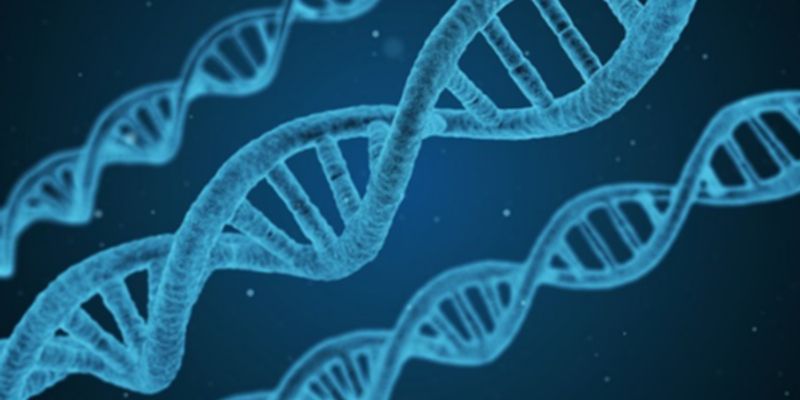AUG 21, 2014 | 9:30 AM
Next-Generation Sequencing is enabling scientists to study the transcriptome in ways never before possible. During this session with Illumina Distinguished Scientist, Dr. Gary Schroth, you w...
AUG 20, 2014 | 2:15 PM
Understanding how genes coordinate their expression across cells in a growing embryo can provide insights into the transcriptional programs that control development. Intercellular variability...
AUG 20, 2014 | 11:45 AM
Direct-to-consumer (DTC) genetic testing can be understood as including two related aspects: first, the advertising of genetic tests directly to consumers; and second, the direct access or or...
As next-generation sequencing (NGS) platforms advance in their speed, ease-of-use, and cost-effectiveness, many translational researchers are transitioning from microarrays to RNA sequencing...
The human genome encodes ~21,500 proteins that are subject to reversible phosphorylation at nearly 1 million phosphosites by about 538 protein kinases and 156 protein phosphatases. Amongst ot...






















